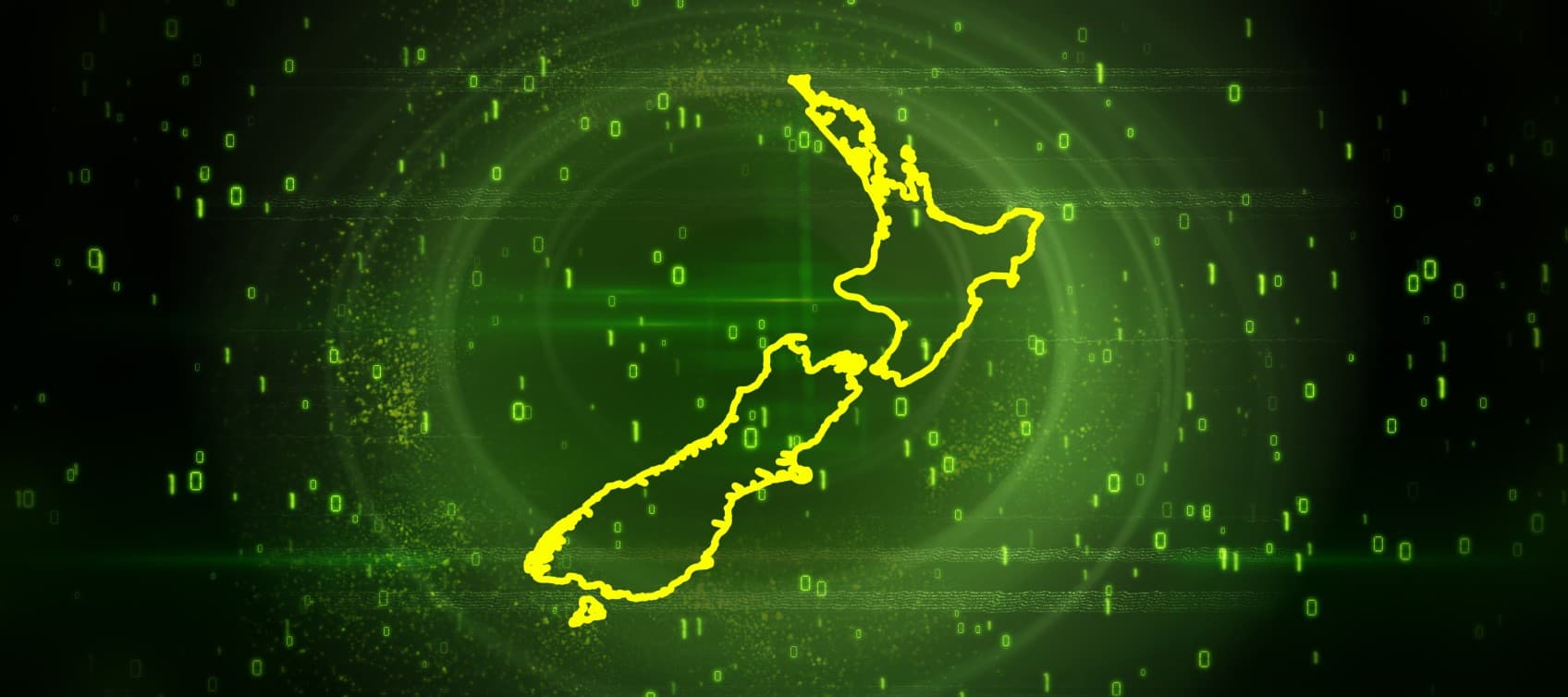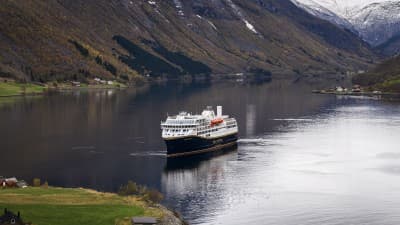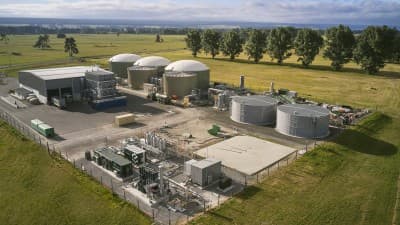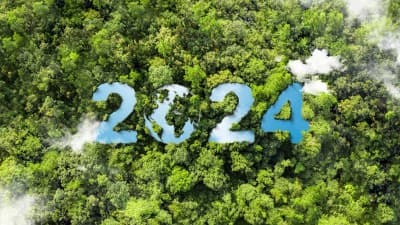Everything we do online relies on data centres. When you store or access something in ‘the cloud’, you’re really storing it in a data centre somewhere around the globe. Data centres house huge networks of computer servers that, together, can store billions of gigabytes of information.
There are data centres in most countries around the world. Here in New Zealand we have 52 and that number is set to keep growing. New Zealand is an appealing location for data centres – our strong portfolio of sustainable energy is a major selling point and in 2024 achieved number one spot in the Sustainable Trade Index.
The energy footprint and climate impact of data centres remains a significant concern for tech giants. Companies like Microsoft, Amazon and Google are aiming to build hyperscale data centres that will run as sustainably as possible. They all have internal emissions targets to meet, so they want to keep the use of fossil fuels as low as possible, while also meeting ever-increasing demands for data storage.
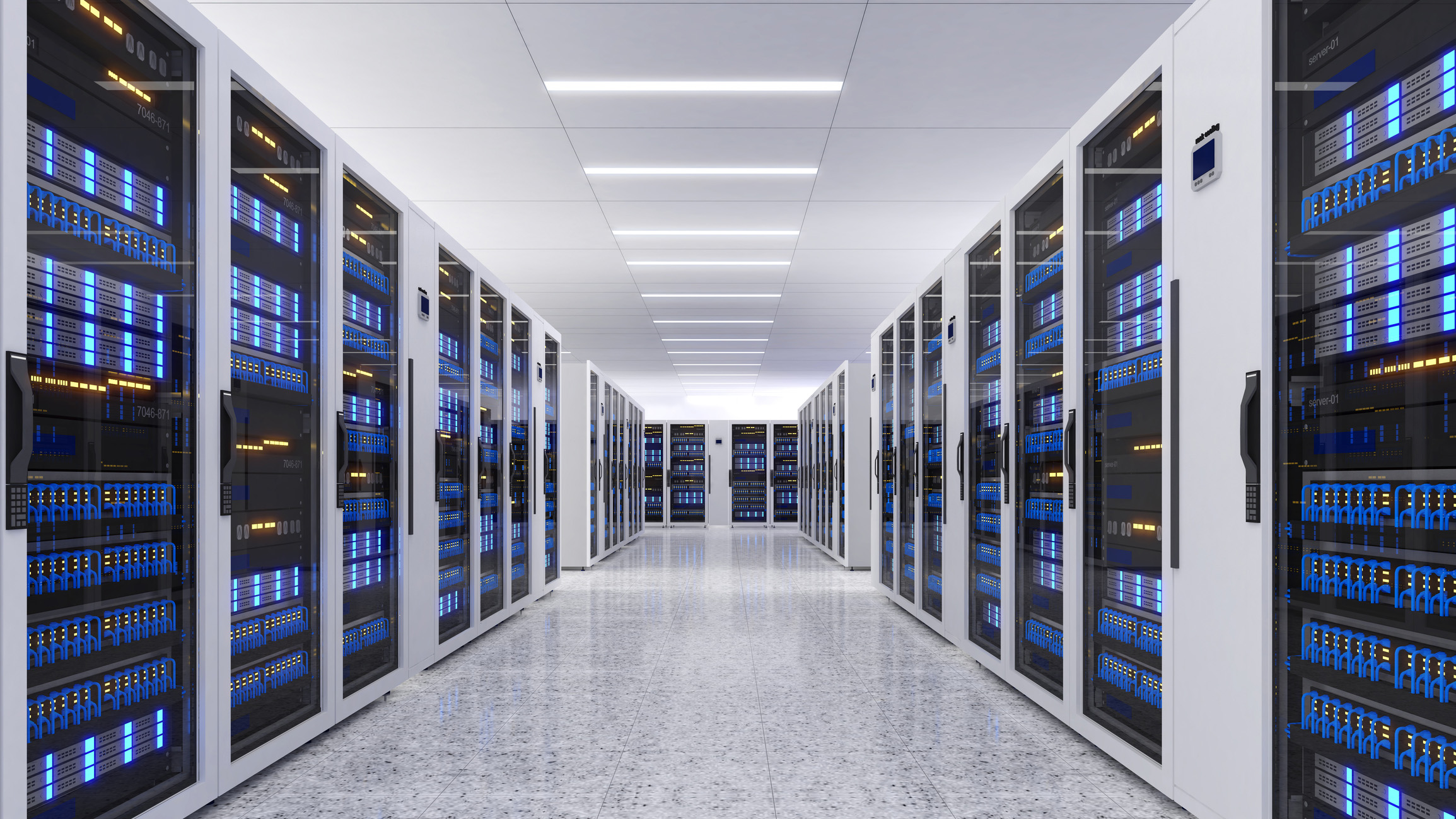
Source: iStock image used for illustrative purposes only. Not an actual representation of a Clarus business.
Is New Zealand a sustainable computing superpower?
Investment in Kiwi data centres looks set to balloon over the coming years. Late last year, Microsoft opened its first ‘hyperscale’ data centre in New Zealand, based on Auckland’s North Shore, with clients like Fonterra and ASB Bank. Infratil has committed just under $480 million for CDC data centres, Amazon Web Services is building a $7.5 billion facility in Auckland, and a $50 million T4 centre in Invercargill is due to have its first stage completed in March.
These new facilities will continue to drive demand for energy, with data centre growth over the next five years estimated to require as much energy as 200,000 new homes.
Energy is a critical question for data centres, with 90% of UK providers ranking power availability among their top two priorities when considering expansion. This has led to tech giants investing in renewable energy projects – Oracle boss Larry Ellison says he plans to build nuclear reactors to power its future data centres.
New Zealand could become a sustainable computing superpower, according to Pip Best, writing in a 2024 EY report: “The world needs more computers to meet the unbounded demand from AI, but the imperative to provide this sustainably is growing. Countries naturally rich in renewable energy, with cooler climates and an abundance of water – like New Zealand – are strategically advantaged.”
Clarus is investing in the renewable energy sector in New Zealand. Construction this year begins on New Zealand’s largest solar farm, the Tauhei solar farm, which is a joint venture between Clarus company, First Renewables and UK-based Harmony Energy. It’s an incredible project on a scale not seen before in this country and it is one of several ways that Clarus is supporting a net carbon zero future for New Zealand. As the proportion of renewable electricity in our grid increases, it makes our country an even more attractive investment proposition for big tech companies.
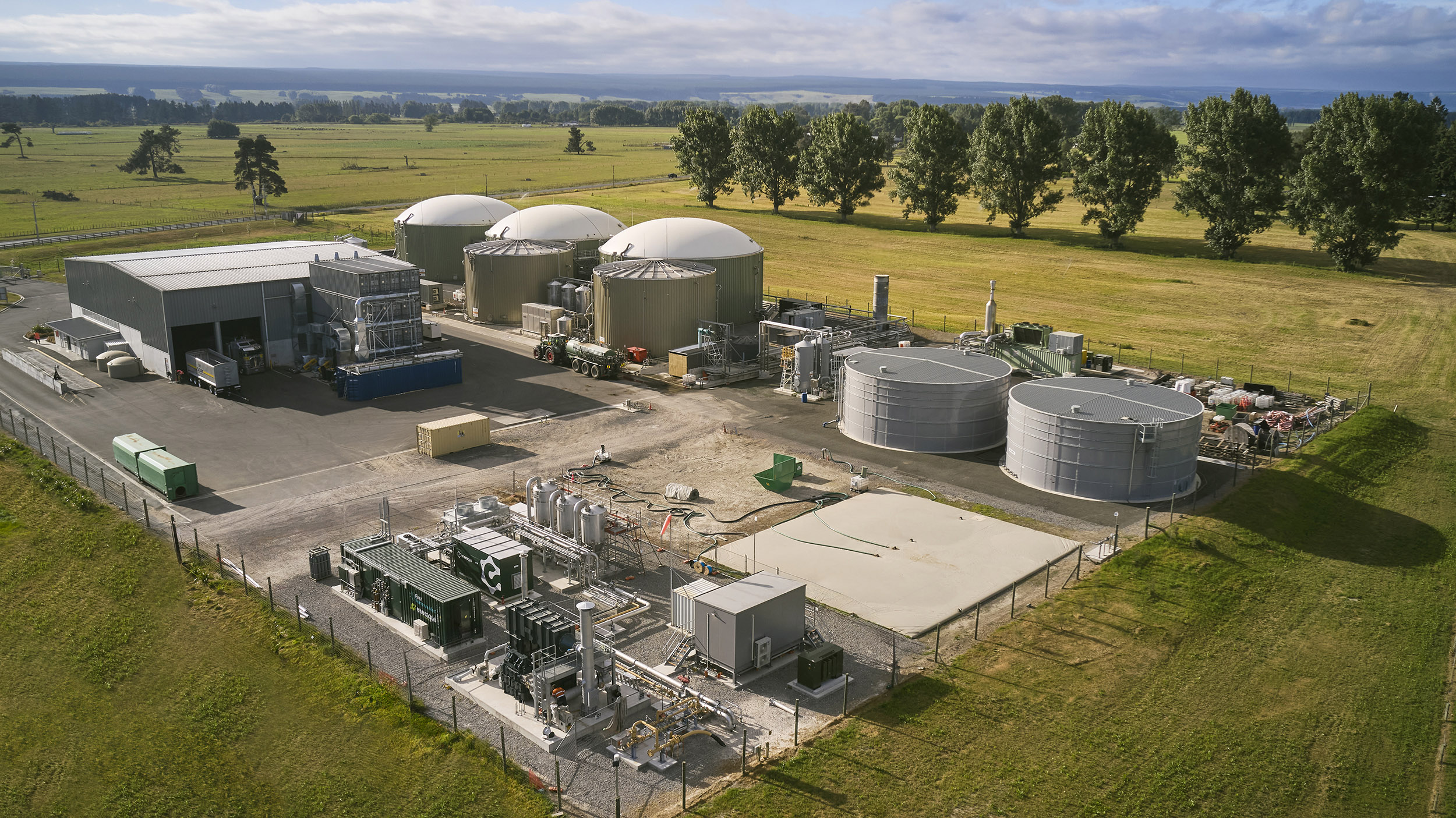
First Renewables biomethane upgrade facility
Biomethane could give data centre providers extra options
According to David Watson, head of energy transition at the UK’s Cadent Gas, an increasing number of data centre providers have been seeking a gas connection to supply energy rapidly to new centres. If New Zealand can expand its supply of renewable gas, this will give data centres even more options for low-emissions energy supplies.
Microsoft is already using biogas to power one its US data centres, sourced from food waste, while Ireland’s biomethane strategy is driven in part by finding ways to sustainably power its thriving data centre industry. Hydrogen too, provides a potential source of power for data centres.
Here at Clarus, we are working to increase the country’s supply of renewable gases. By blending renewable gas into a Firstgas pipeline, we are taking a step towards lowering the overall emissions of the gas network. While renewable gases are still developing and not yet widely accessible, it’s reassuring to know that the work we’re doing today is already making a difference both now and in the future as we transition our networks towards renewable and net zero carbon gases by 2050.
To learn about how Clarus is supporting the transition to a net carbon neutral New Zealand, visit Future of Energy.

